Rhinoplasty Surgery Procedure: Step by Step
Facial Plastic Surgery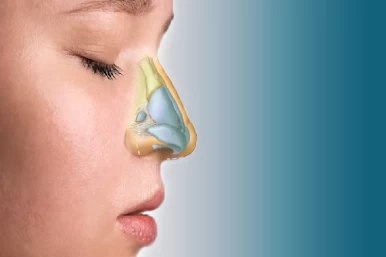
beautiful nose with a lifted tip and a small bridge can improve everyone's look. Today, various surgical and non-surgical methods can enhance facial harmony and improve nasal function by eliminating deficiencies. Rhinoplasty, commonly known as a nose job surgery, is a procedure that not only reshapes your nose but also corrects its structural defects. This article provides a comprehensive guide to the nose job procedure, covering every stage from pre-operative preparation and the surgical steps of rhinoplasty to post-operative care and recovery.
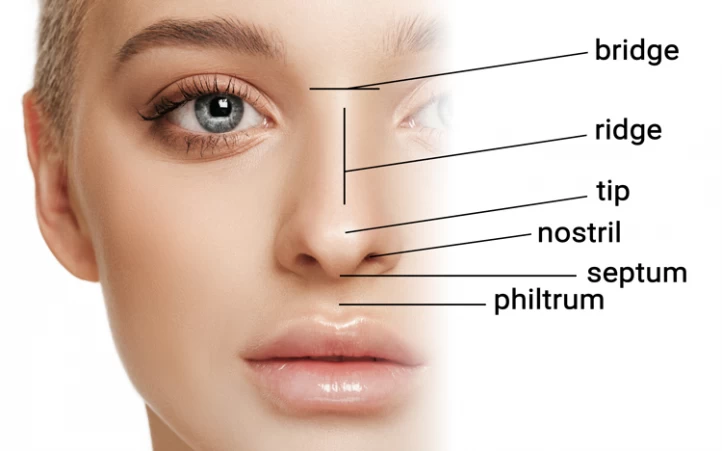
Rhinoplasty Procedure |
Procedure Type | Surgical procedure to reshape the nose. Can address cosmetic concerns or correct breathing problems (functional rhinoplasty). |
Candidates | People with realistic expectations, good overall health, and stable nasal structure. Candidates should be over 18 (unless medically necessary) and non-smokers. |
Techniques | Open rhinoplasty (external incision) and closed rhinoplasty (internal incision) are the two main approaches. |
Duration | 1-3 hours, depending on the complexity. |
Recovery Time | Several weeks to several months for complete healing. Swelling and bruising subside gradually. |
Possible Side Effects | Bleeding, infection, difficulty breathing through the nose, numbness, changes in sense of smell, unsatisfactory cosmetic results, revision surgery may be needed. |
Cost | varies widely depending on location, surgeon's experience, and complexity of the procedure. |
What Is Rhinoplasty Surgery and Why Choose It?
Rhinoplasty is a popular cosmetic surgery designed to alter the shape and structure of the nose. It addresses a wide range of concerns, from correcting birth defects or injuries to improving the overall aesthetic balance of the face. This can involve reducing or increasing the size of the nose, reshaping the nasal tip or bridge, correcting nasal asymmetry, or improving breathing function by addressing structural issues within the nasal passages. The procedure is tailored to the patient’s unique facial features and desired outcome, aiming for a natural-looking and harmonious result.
A variety of factors drive the decision to undergo this nose reshaping surgery. Some people seek the procedure to enhance their appearance and boost their self-confidence. Others may choose it to correct functional problems, such as nasal obstruction caused by a deviated septum or nasal valve collapse, leading to improved breathing and a better quality of life.
Rhinoplasty Procedure
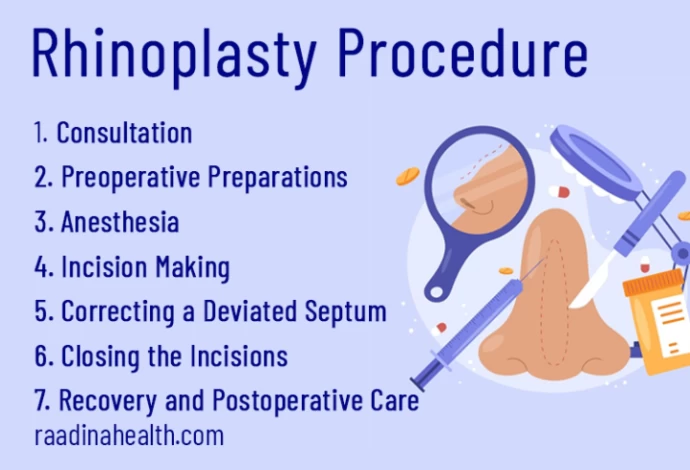
The rhinoplasty surgery procedure depends on several factors, such as the nose shape, the nose structure, the patient's expectations, and the surgeon's preference.
General rhinoplasty procedure steps can include:
- Consultation
- Preoperative Preparations
- Anesthesia
- Incision Making
- Reshaping the Nose Structure
- Correcting a Deviated Septum
- Closing the Incisions
- Recovery and Postoperative Care
- Follow-Up Appointments
Consultation
This is the initial meeting with the surgeon to discuss the patient's goals, medical history, and any concerns. The surgeon will assess the nose's structure and take photographs for planning.
Preoperative Preparations
Prior to the surgery, the patient may need to undergo certain tests and stop taking specific medications. Detailed instructions about eating, drinking, and smoking are given. The patient is also advised to arrange for transportation and postoperative care.
Anesthesia
The surgery begins with the administration of anesthesia. Depending on the complexity of the procedure and patient preference, either general anesthesia or local anesthesia with sedation is used to ensure the patient is comfortable and pain-free.
Incision Making
The surgeon makes incisions to access the bones and cartilage of the nose. There are two primary techniques:
- Closed Rhinoplasty: Incisions are made inside the nostrils, leaving no visible scars.
- Open Rhinoplasty: An incision is made across the columella (the narrow strip of tissue between the nostrils) for better visibility and access.
Reshaping the Nose Structure
The nasal bones and cartilage are reshaped by the surgeon to take on the appropriate shape. This may involve removing or adding bone or cartilage. If additional cartilage is needed, it may be taken from the septum, ear, or rib.
Correcting a Deviated Septum
If the patient has a deviated septum, the surgeon will straighten it and reduce the projections inside the nose to improve breathing.
Closing the Incisions
The surgeon redrapes the nasal skin and tissue and seals the incisions after reshaping the nose's underlying structure. To change the size or shape of the nostrils, more incisions may be made in their natural creases.
Recovery and Postoperative Care
After the surgery, the patient is monitored in a recovery room. They may have a splint and gauze dressing on their nose to support and protect the new structures during initial healing. Detailed postoperative care instructions are provided, including instructions on how to manage swelling and bruising, activities to avoid, and signs of complications to watch for.
Follow-Up Appointments
In order to track healing and make sure the outcomes meet expectations, the patient will have multiple follow-up appointments. In addition to addressing any issues or complications, the surgeon will take out any stitches.
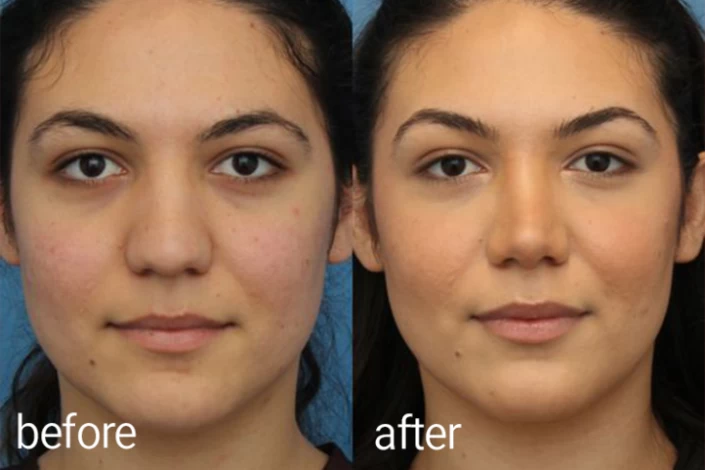
What are the Available Types of Rhinoplasty Procedures?
Here's a brief overview of types of nose surgery to breathe better:
Open Rhinoplasty
Open rhinoplasty involves making an incision across the columella, the small strip of tissue that separates the nostrils, allowing the surgeon to lift the skin off the nasal structure. This technique provides the surgeon with greater visibility and access to the underlying cartilage and bone, making it ideal for more complex cases or significant reshaping.
Open rhinoplasty is often preferred for patients seeking extensive alterations, such as correcting structural deformities or achieving a more dramatic aesthetic change. While it may result in more noticeable swelling and a longer recovery time compared to closed techniques, the detailed access allows for precise adjustments and improved overall outcomes.
Closed Rhinoplasty
Closed rhinoplasty involves making all incisions within the nostrils, leaving no visible scars on the exterior of the nose. This technique is typically used for less complex procedures where only minor adjustments are needed, such as refining the tip or reducing the size of the nose.
The benefits of a closed rhinoplasty procedure include a shorter recovery time and less postoperative swelling compared to open rhinoplasty. However, the limited visibility can make it more challenging for surgeons to perform extensive modifications. Patients who opt for closed rhinoplasty often appreciate the discreet nature of the incisions while still achieving satisfying results.
Revision Rhinoplasty
Revision rhinoplasty, also known as corrective rhinoplasty and secondary rhinoplasty, is a specialized procedure performed to correct or improve results from a previous rhinoplasty surgery. Patients may seek revision due to dissatisfaction with their initial outcome, complications, or changes in their nasal structure over time. This type of nose surgery can be more complex than primary rhinoplasty, as it requires careful evaluation of the existing nasal anatomy and any scar tissue that may have formed.
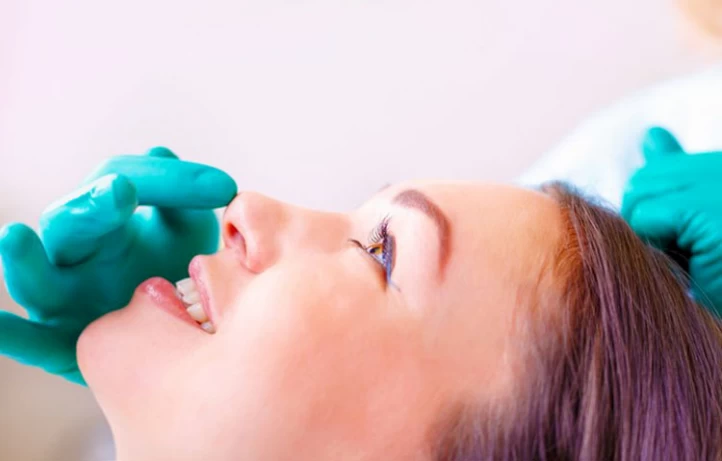
Septoplasty
Septoplasty is a surgical procedure focused specifically on correcting a deviated septum, which is the cartilage and bone structure that divides the two nasal passages. A deviated septum can lead to breathing difficulties, chronic sinusitis, and other functional issues.
Unlike cosmetic rhinoplasty, septoplasty primarily addresses functional concerns rather than aesthetic ones. The procedure is typically performed through incisions made inside the nose, allowing for realignment of the septum without external scarring. Many patients experience significant improvement in their breathing and overall nasal function following septoplasty, and it can sometimes be combined with cosmetic rhinoplasty for patients seeking both functional and aesthetic enhancements.
Non-surgical Rhinoplasty
Non-surgical rhinoplasty, also known as liquid rhinoplasty, is a minimally invasive procedure that utilizes injectable fillers (hyaluronic acid gel) to alter the shape and contour of the nose without surgery. This technique is suitable for patients looking to make subtle changes, such as smoothing out bumps or enhancing the nasal tip.
The procedure typically takes only a few minutes and requires little to no downtime, making it an attractive option for those seeking quick results. However, non-surgical rhinoplasty is temporary, with effects lasting 8 to 12 months, depending on the type of filler used. While it can provide immediate improvements, patients should be aware that it cannot address structural issues or significantly alter the size of the nose like traditional surgical methods.
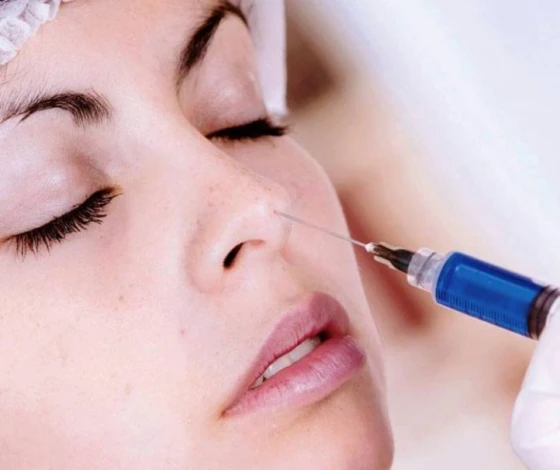
Nose Shapes and Rhinoplasty Type
Fleshy Nose
A fleshy nose typically features a wider, softer appearance with thicker skin and more pronounced nasal tips and sides. This nose shape may present challenges in achieving a refined aesthetic, as excess tissue can obscure the underlying structure. Rhinoplasty is frequently sought by people with a fleshy nose in order to refine the tip, reduce overall size, or create a more defined bridge.
Fleshy nose rhinoplasty is a specialized surgical procedure aimed at reshaping and enhancing the appearance of the nose by addressing its unique characteristics. The primary goals of this surgery include:
- Sculpting and reshaping the nasal tip.
- Reducing the overall size.
- Refining the contours to achieve a more balanced and harmonious facial profile.
Bony Nose
A bony nose is characterized by a more angular appearance, often with a prominent bridge and defined nasal structure. This nose shape may have less soft tissue coverage, making it easier to achieve precise alterations during rhinoplasty. For a more balanced appearance, patients with bony noses may seek surgery to refine the tip, straighten any irregularities, or reduce the size of the bridge.
Surgical intervention for a bony nose, known as septorhinoplasty, typically addresses bone-related issues, such as osteotomies to reshape the bones, correction of nasal deviations, and sometimes cartilage grafting to achieve the desired aesthetic and functional outcomes. In both cases, skilled surgeons tailor their approach to each individual's unique facial features and concerns to achieve optimal results in both form and function.
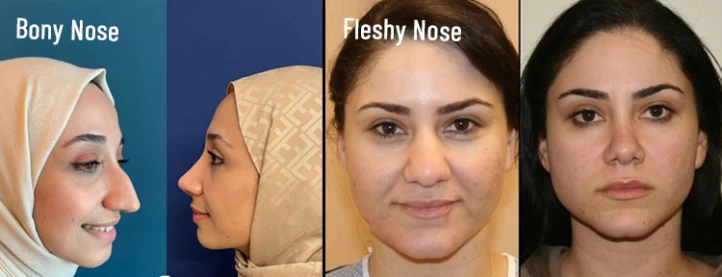
How Long Is a Rhinoplasty Surgery?
Generally, open rhinoplasty takes almost three hours, and closed rhinoplasty takes one to two hours. It also takes two to three hours to regain consciousness in the recovery room. Since this cosmetic nose surgery is mainly done under general anesthesia, your vital signs will be monitored in the post-anesthesia care unit (PACU) for a couple of hours. Then, you will be transferred to the general ward, where you should stay a night. The next day, the doctor will check your nose, and if everything is normal, you will be discharged.
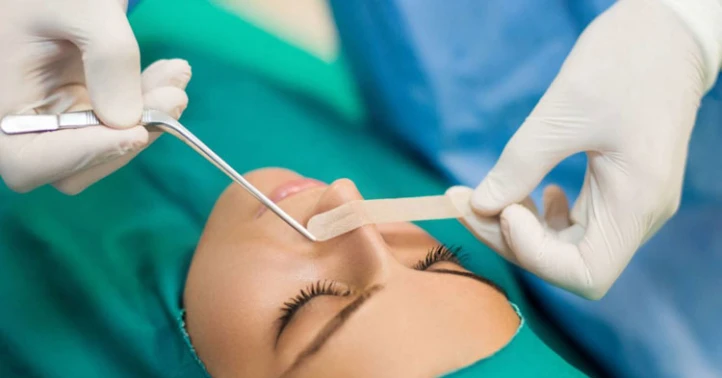
Rhinoplasty Surgery: How to Get Prepared?
Proper preparation is key for a successful rhinoplasty. Before your surgery, follow these steps:
• Pre-operative Consultations and Tests;
Schedule a consultation to discuss your goals and desired outcomes. Your surgeon will perform a thorough nasal examination, possibly using computer imaging to show potential results. Provide your surgeon with a complete medical history, including allergies and current medications. Complete necessary lab tests and X-rays as instructed, typically a week prior to surgery.
• Medication and Lifestyle Adjustments;
Two weeks before surgery, stop smoking and consuming alcohol. Discontinue ibuprofen, aspirin, and other blood thinners, as well as herbal supplements, vitamin E, fish oil, and anti-inflammatory drugs, as these can increase bleeding risk.
• Pre-Surgery Preparations;
Consume a healthy diet and stay hydrated. Shower and refrain from eating or drinking 8 hours before your surgery. Wear comfortable, loose clothing that opens in the front. Avoid makeup and jewelry on the day of surgery. Men should shave their facial hair to minimize infection risk. Gather necessary post-operative supplies such as a U-shaped pillow, ice packs, saline spray, tissues, and wet wipes.
• Mental Preparation.
Manage pre-operative anxiety through relaxation techniques like meditation or deep breathing.
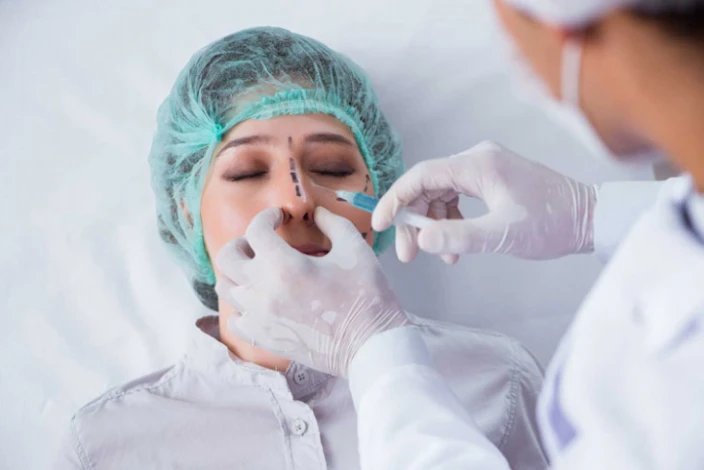
Rhinoplasty Recovery
The duration of the rhinoplasty recovery period depends on the type and severity of the surgery. On average, the recovery time of open rhinoplasty is between four to six weeks, while the recovery period of closed rhinoplasty is much shorter. Although the bruising around your eyes and nose fades away 10 to 15 days after the operation, the swelling may last a year or more. Whether you undergo open or closed rhinoplasty, you can return to work ten days after the nose surgery.
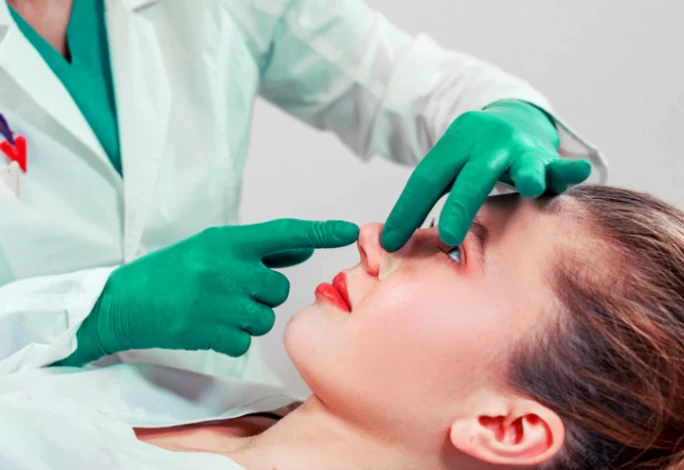
What to Eat After Nose Job?
You can begin with non-acidic liquids and soft foods, such as apple juice and soup, about four hours after nose surgery. The following day, you can gradually introduce soft foods like mashed potatoes and scrambled eggs. For the first two weeks, avoid foods requiring significant chewing or biting, including apples, raw carrots, celery, chips, nuts, and corn on the cob.
To minimize digestive issues and swelling, temporarily limit milk, acidic juices, spicy foods, high-sodium foods, and caffeinated beverages.
What Not to Do After Rhinoplasty?
After rhinoplasty, you should consider the following tips to minimize the side effects and speed up the healing process.
- Avoid strenuous activities and sports such as weight-lifting, swimming, mountain climbing, cycling, wrestling, etc.;
- Avoid taking a shower as long as there are splints on your nose;
- Avoid sexual intercourse;
- Avoid pushing, pulling, and lifting heavy objects;
- Avoid bending your head;
- Do not blow your nose;
- Avoid crowded places where there is the possibility of getting hit in the nose;
- Avoid smoking and drinking alcohol;
- Do not wear glasses and tight face masks until your doctor allows you to;
- Avoid sun exposure;
- Do not sneeze or cough;
- Do not laugh or cry hard, and
- Don't drink through straws.
Cleaning Nose After Rhinoplasty
There may be blood discharges from your nasal cavity for two to four days after rhinoplasty. These discharges should be gently wiped with a towel or wet wipe. When cleaning your face, avoid inserting any object into your nose or holding pressure on the nostrils. Moreover, in order to prevent bleeding, avoid blowing your nose for up to a month after the nose job.
Your Rhinoplasty surgeon may recommend cleaning your nasal passages with diluted hydrogen peroxide, saline spray, or a bulb syringe—all readily available at pharmacies.
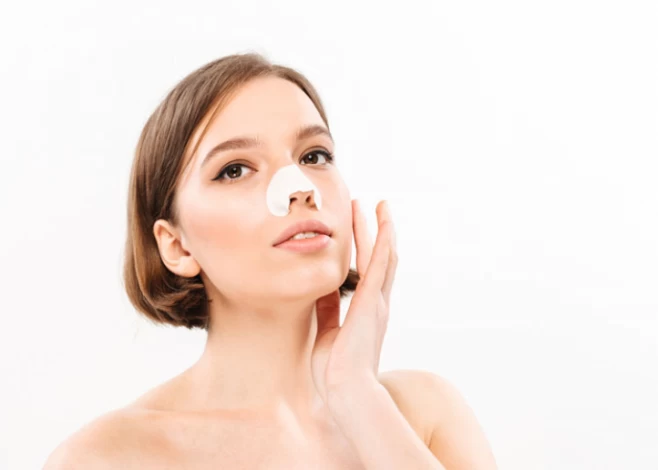
What Should I Expect After Getting Rhinoplasty?
Following rhinoplasty surgery, your nose becomes swollen and you are unable to breathe through it for a few days; however, you should avoid inserting a cotton swab or finger inside your nose as it causes injury and more swelling. Additionally, the skin around the nose is painful and itchy, even though the tip of your nose is numb for a few days. Keep in mind that scratching or striking the nasal skin will make it more painful because it is sensitive to touch for a few days following nose surgery. After a rhinoplasty, it likely takes a few months for your nasal skin to completely recover.
Possible Side Effects of Rhinoplasty
Some of the typically temporary and common side effects of rhinoplasty include:
- Bleeding and infection: These are the most common complications of nose jobs, which can be eliminated by taking or avoiding some medications. For instance, your doctor probably asks you to cut off the inflammatory medications if you have frequent nosebleeds after a nose job. Also, if you have a nasal infection, you should use antibiotic pills or ointments to reduce it.
- Pain and Discomfort: The majority of patients endure pain and discomfort to varying degrees, which can be controlled with prescribed painkillers;
- Breathing problems: the patient will experience breathing issues, particularly while sleeping, if the nose shrinks too much during surgery. The majority of surgeons offer to perform revision rhinoplasty in order to address this issue.
- Scarring: in both open and closed rhinoplasty, scarring is possible. To minimize the scars and their complications (such as changing the contour of the nose), the doctor prescribes specific ointments.
- Swelling and bruising: These two are inevitable side effects of rhinoplasty surgery, which usually peaks around 2-3 days post-op. Significant swelling and bruising around the nose, eyes, and cheeks are expected and gradually subside over several weeks to months. However, you can get rid of them sooner by putting ice compressions on them three times a day and elevating your head when sleeping.
There are also other complications after nose surgery, such as:
- Hematoma or accumulation of blood under the skin;
- Allergy to anesthetics;
- Rupture of a small blood vessel on the skin;
- Nose Asymmetry and
Is Rhinoplasty Painful?
Generally speaking, rhinoplasty surgery is almost a painless procedure. After having an open rhinoplasty, some patients have complained of mild nasal pain and pressure inside their nose for a week. Additionally, for a few days, the eye swelling and bruises may be touch-sensitive. Thankfully, the post-nose job pain is manageable with medication.
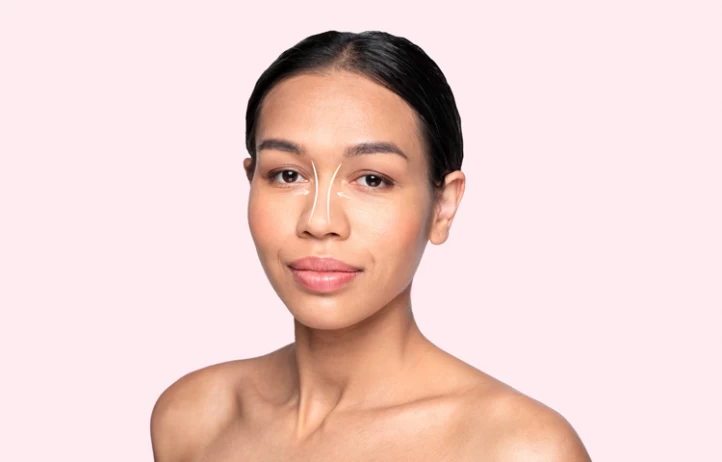
Scarring After Nose Job
Scarring after a nose job depends on several factors, the most important of which is skin type. In people with bright and thin skin, the scars usually fade away within two months; however, in patients with dark skin tone, the scars remain a bit longer, and sometimes keloids (extra flesh) develop on the incision site.
Usually, the scars of rhinoplasty surgery disappear after several months, but if your scars are permanent and visible, you can use one of the following treatments:
- Injecting cortisone steroid shots;
- Doing corrective surgery;
- Using silicone sheets or silicone ointments;
- Applying scar creams such as polysporin and bacitracin; and
- Applying creams that contain vitamins A, E, Aloe Vera, collagen, and Vitamin C.
Rhinoplasty Result
The final result of surgery will be apparent when the swelling after rhinoplasty has subsided, i.e., almost a year after the operation. The good news is that the major swelling and discoloration will fade away three months after the nose surgery so that you can see the actual result of the surgery from the third month onwards. Keep your face relaxed, avoid sun exposure, and tape your nose as instructed to shorten this period.
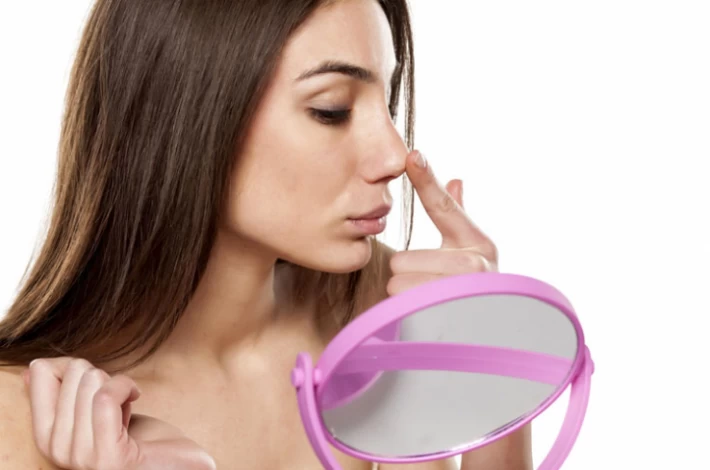
When Should I Call the Doctor After Rhinoplasty?
You should be aware of the warning signs during the rhinoplasty recovery period. In case you have any of the following symptoms, call your doctor ASAP:
- Fever;
- Severe pain that cannot be controlled by medication;
- Abnormal swelling;
- Yellow or green pus discharging from the incision site;
- Bad smell coming out of the incisions and
- Constant nosebleed.
It would help if you remembered that bruising and swelling are normal and inevitable complications of a nose job surgery, so they are not considered warning signs.
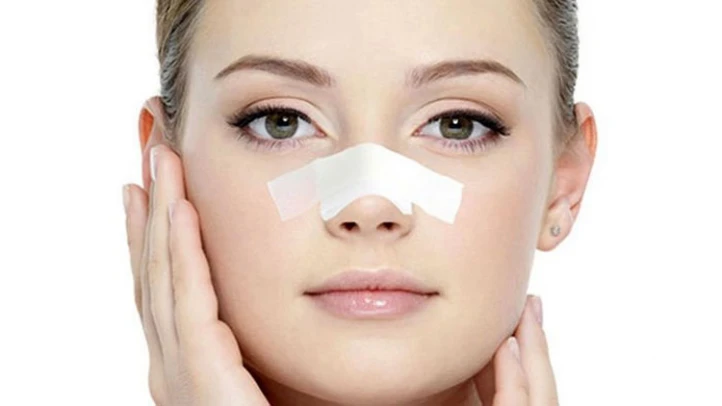
Why Do Rhinoplasty in Iran?
In recent years, rhinoplasty has been done at high rates in Iran, which has made the country a popular destination for rhinoplasty candidates worldwide.
One of the main reasons for the large number of rhinoplasties in Iran is the nasal anatomy of Iranians, which is different from European countries. For this reason, Iranians are more likely than other countries to apply for nose surgery.
In Tehran and several other cities, nose job operation is done by well-trained and skillful surgeons. Iran is a good place to have cosmetic nose surgery because of its excellent clinics and hospitals, knowledgeable and experienced surgeons, and reasonable prices. Over the last few years, some famous foreign celebrities have traveled to Iran for rhinoplasty, which shows that Iran can be regarded as a global rhinoplasty hub.
Iran Rhinoplasty Cost
You can benefit from all kinds of health services in Iran at a much more reasonable price than in other countries. Nose job surgery is also not very costly in Iran. Raadina Travel Co. offers affordable rhinoplasty packages whose prices vary due to several factors, such as the accommodation type and other services you receive.
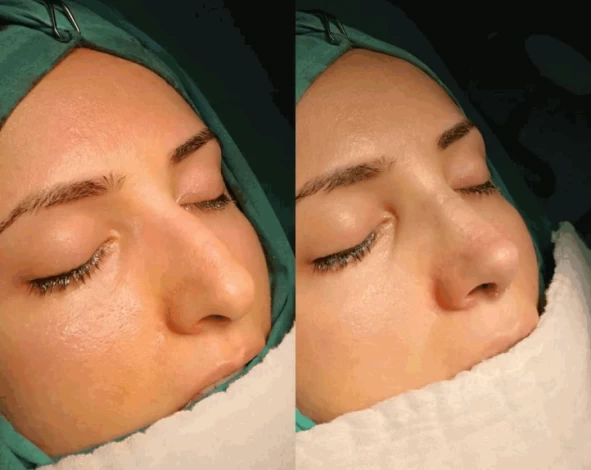
To sum up, a nose job is one of the most popular plastic surgeries in the world, which can enhance your beauty to a significant extent; you will achieve the best possible result from nose surgery by carefully following the mentioned guidelines. The first and most crucial step in rhinoplasty is to choose an experienced and knowledgeable surgeon because it can directly affect the result of the operation.
Raadinahealth team, with years of experience in health tourism, can help you choose the best rhinoplasty surgeons in Iran and offer you the most appropriate package for a nose job.
FAQs on Rhinoplasty
1) Does rhinoplasty improve breathing?
Although rhinoplasty is a cosmetic surgery, it can improve breathing to a great extent. During the operation, the doctor eliminates the passage through which air flows widen, resulting in the patient's breathing problems.
2) Can I choose the shape of my nose?
In the consulting session before rhinoplasty, the doctor shows you what your nose will be like after the surgery. In this session, you can discuss your expectations from the operation with your surgeon.
3) Does rhinoplasty last forever?
Yes, the results of rhinoplasty are lifelong.
4) Does rhinoplasty help with snoring?
If the cause of snoring is a defect in the structure of the nose, it can be corrected through rhinoplasty.
5) What is the best age to get a nose job?
The ideal age for getting a nose job is between 18 and 40 years old.
 WhatsApp
WhatsApp
 Telegram
Telegram
 Facebook
Facebook
 Email
Email
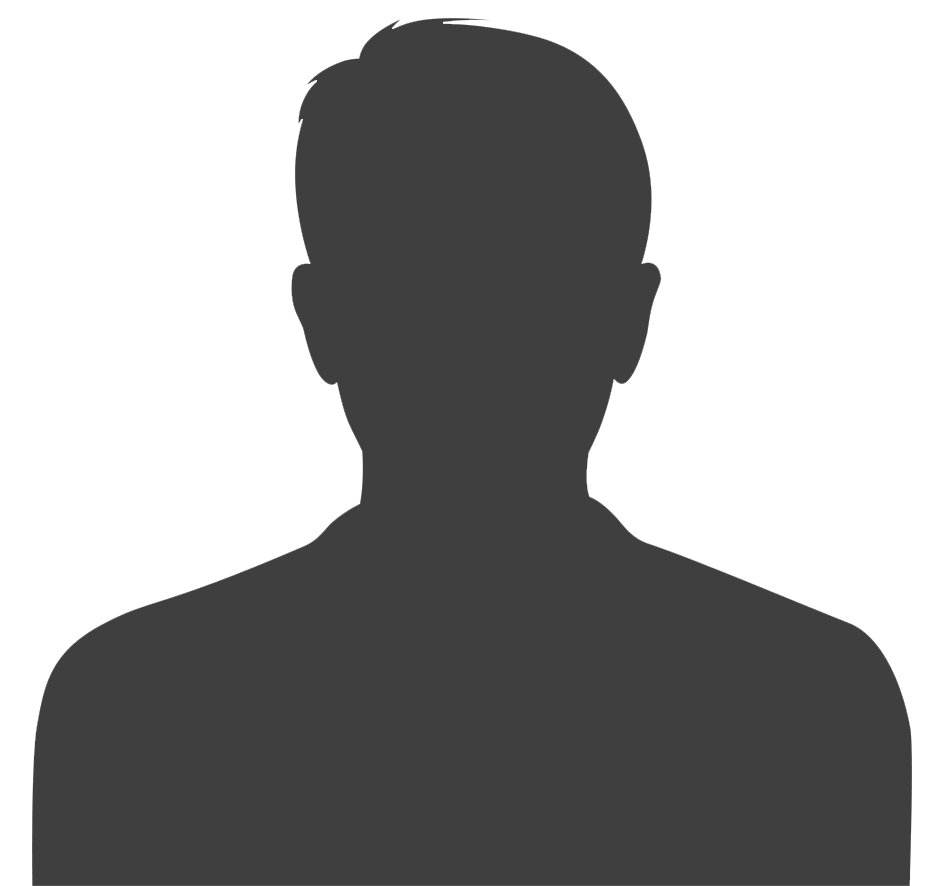
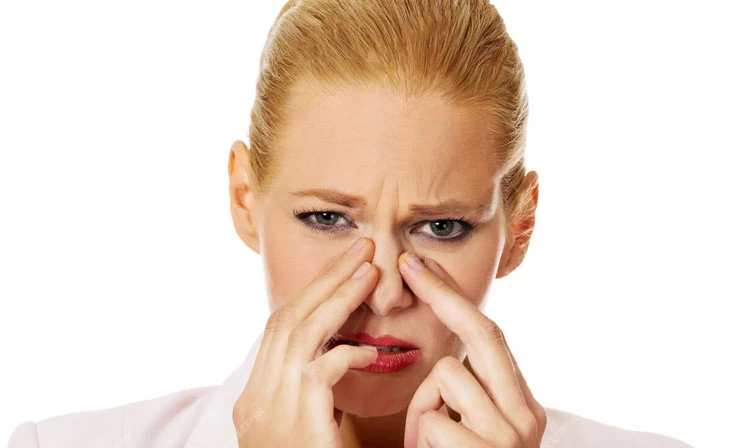
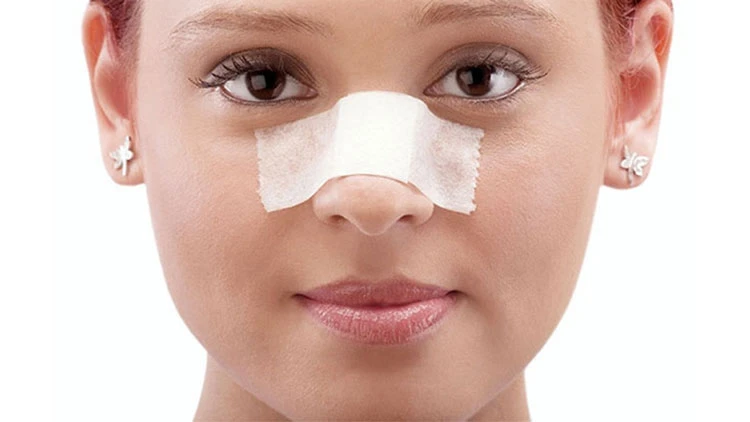
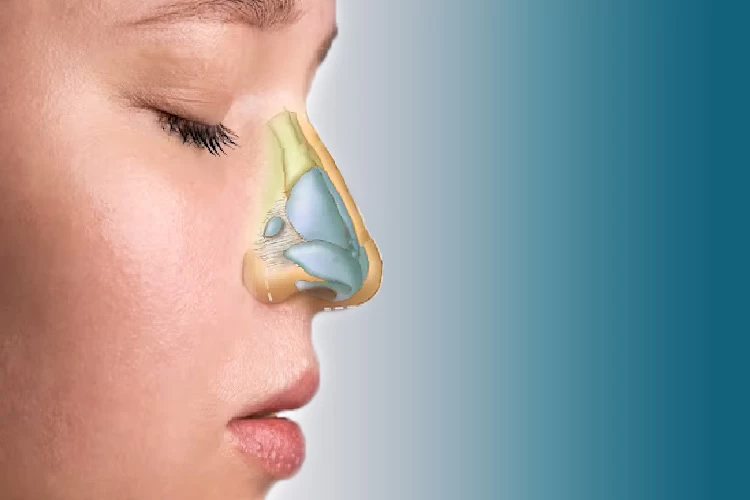
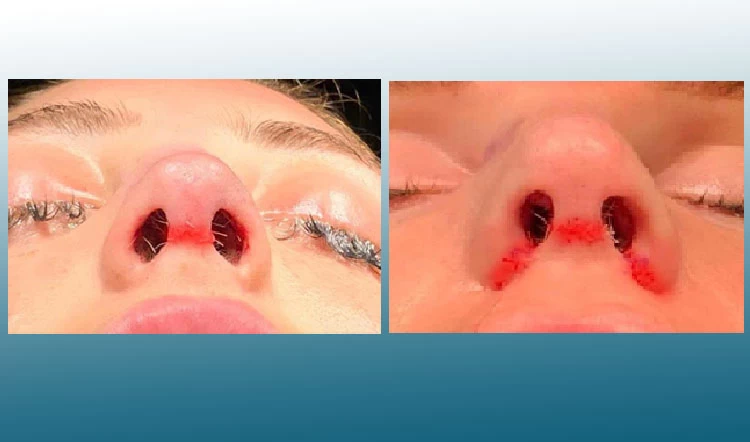
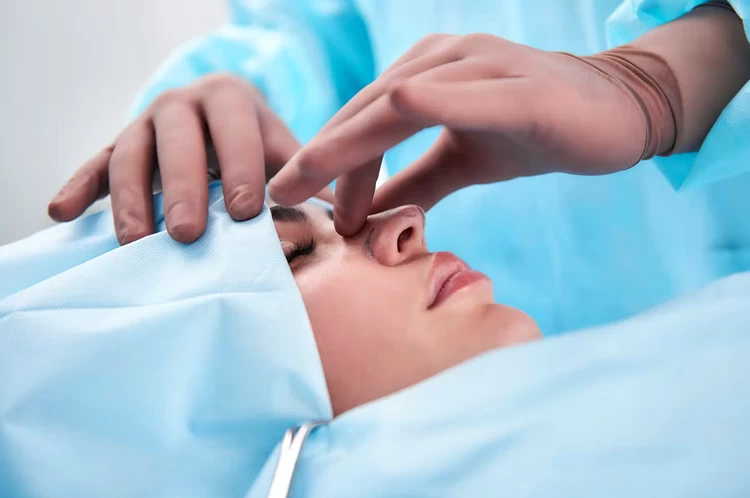
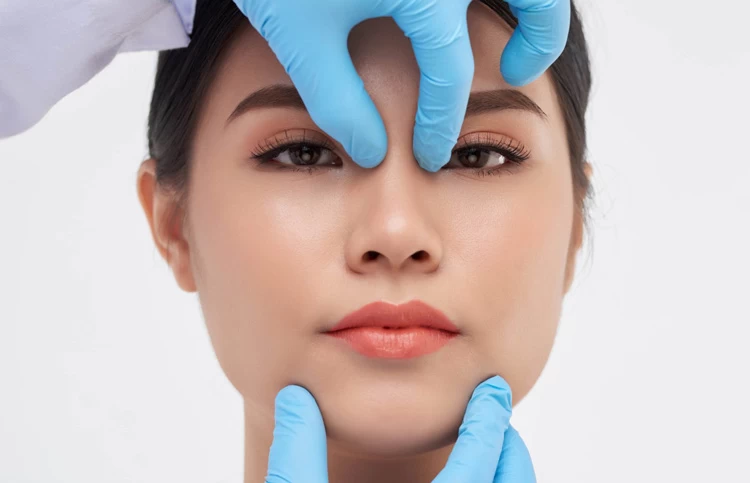
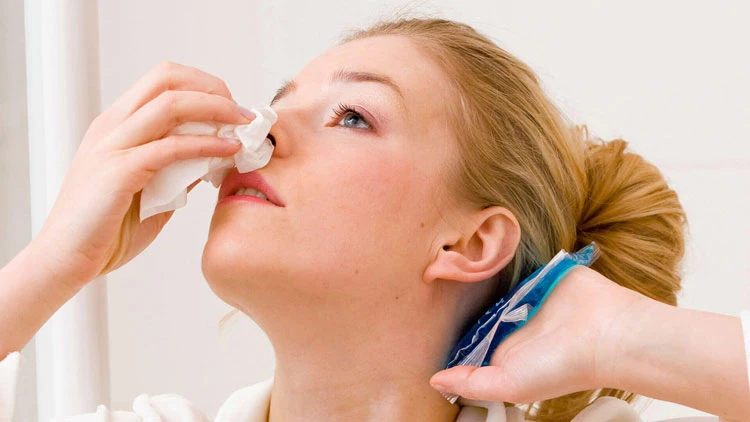

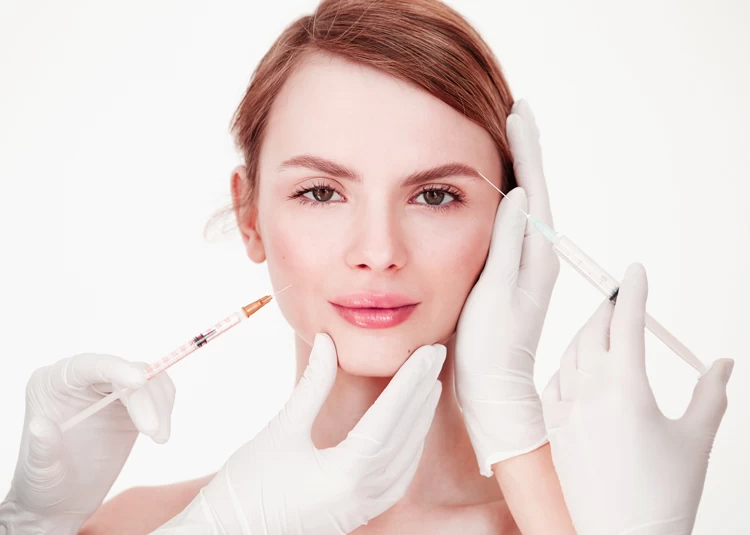
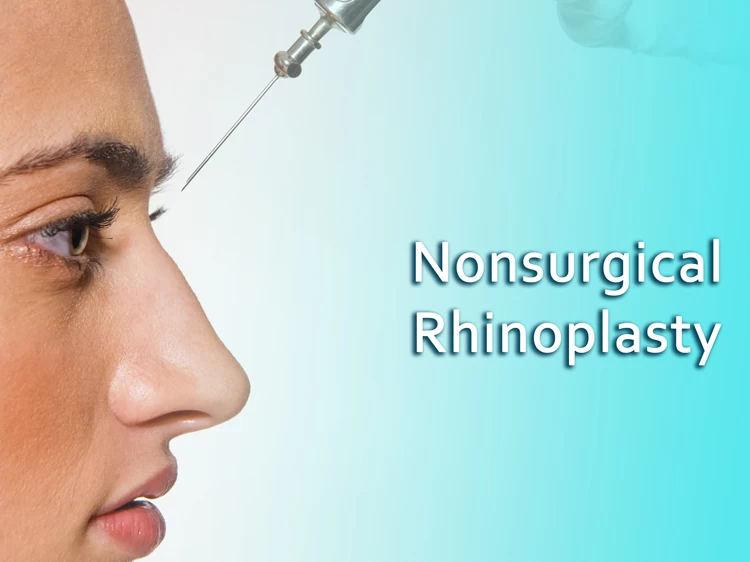
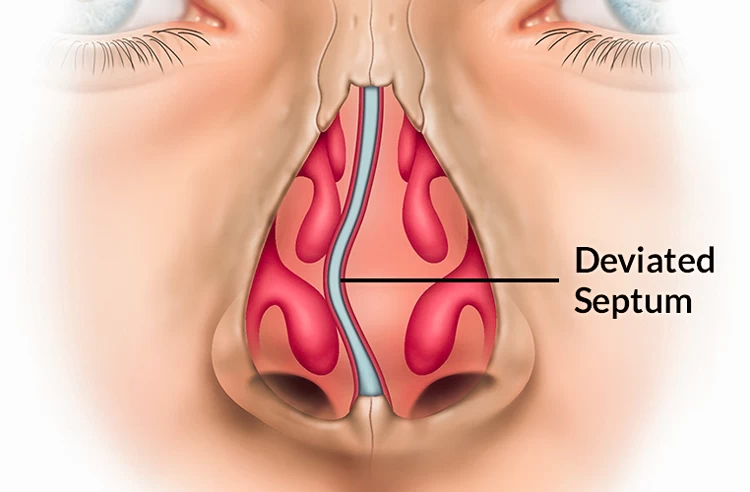
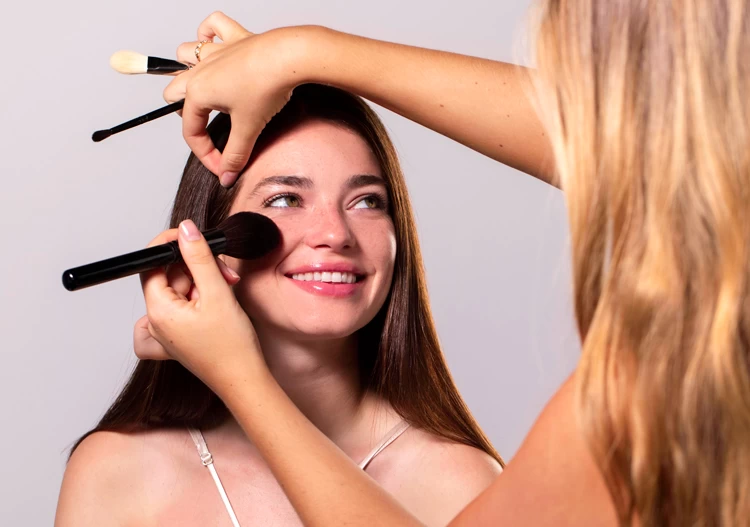
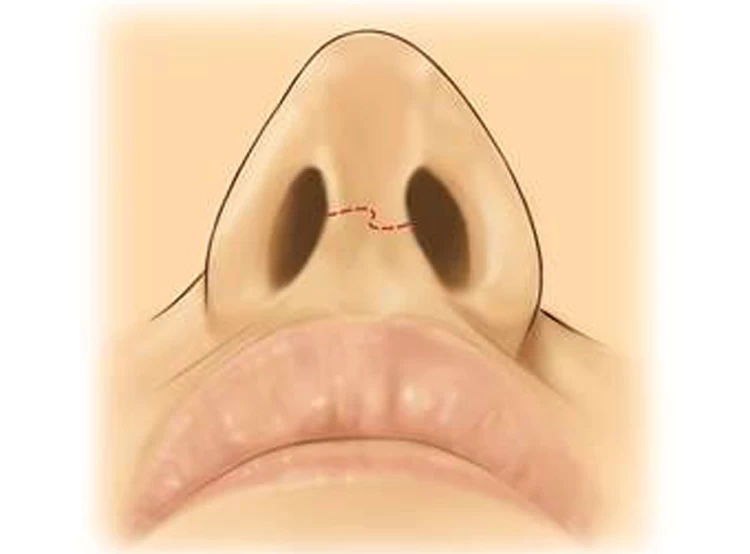
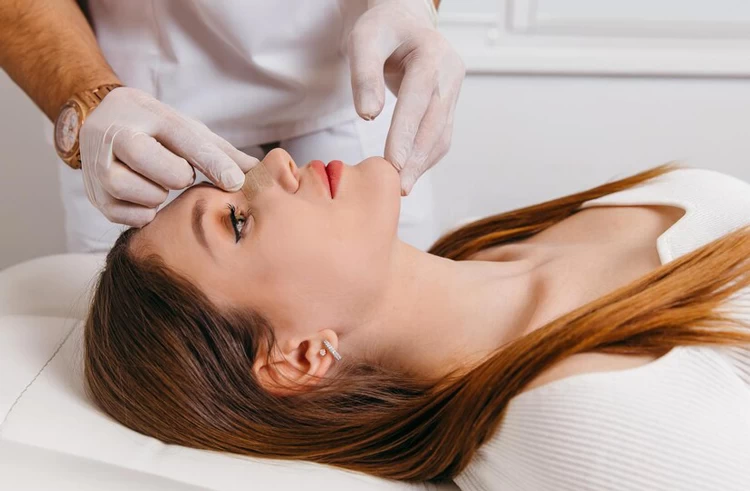


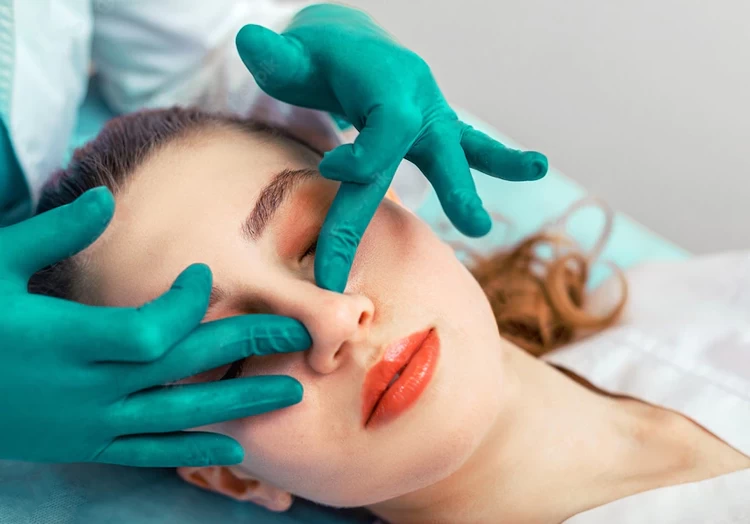
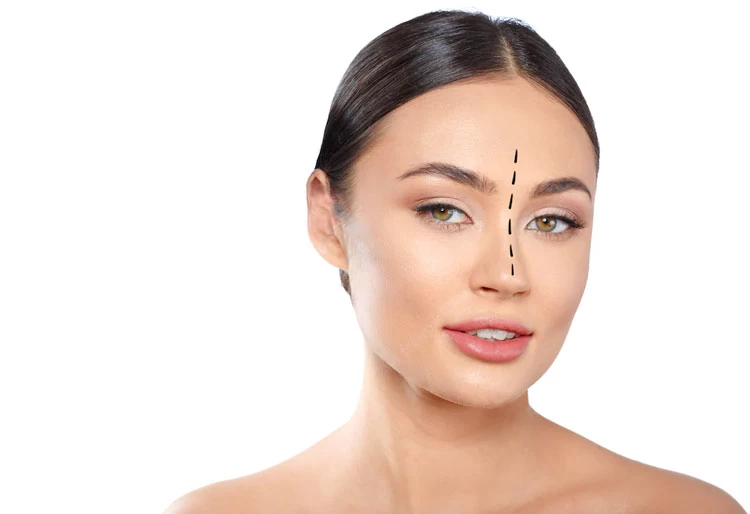

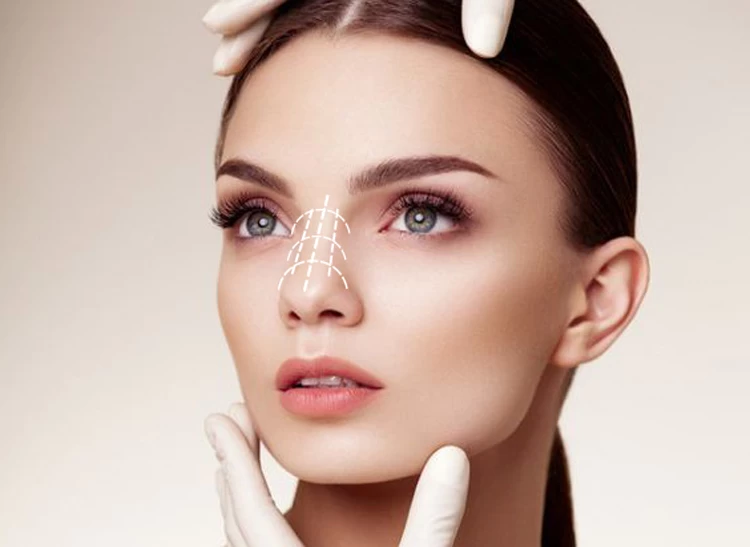
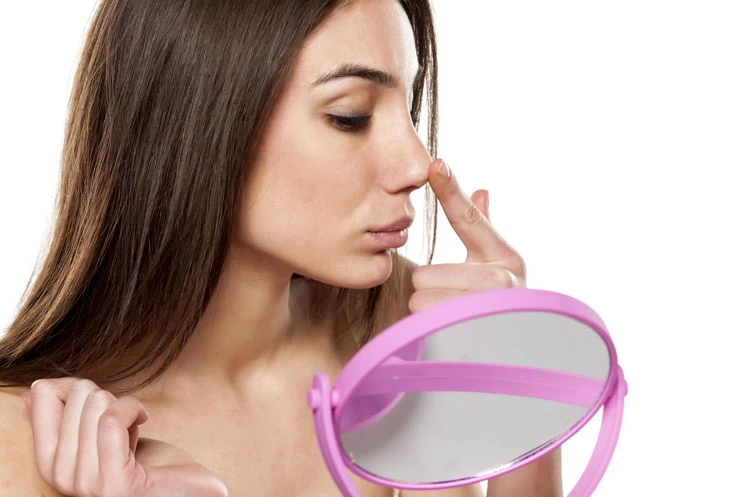
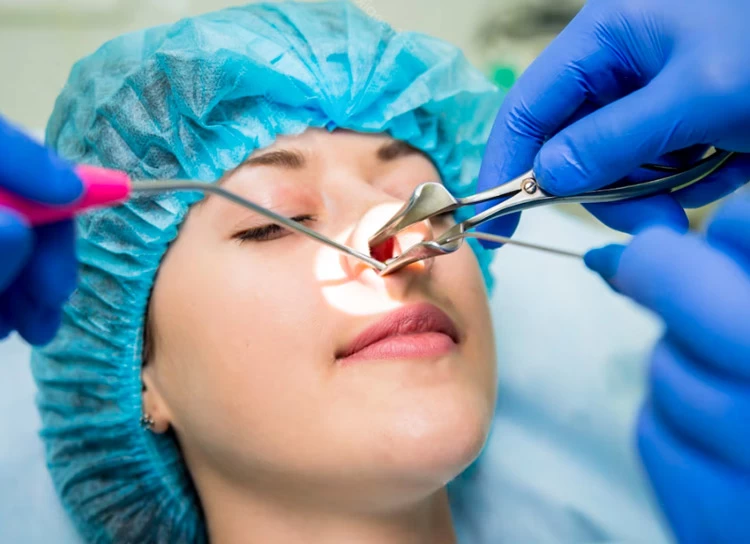
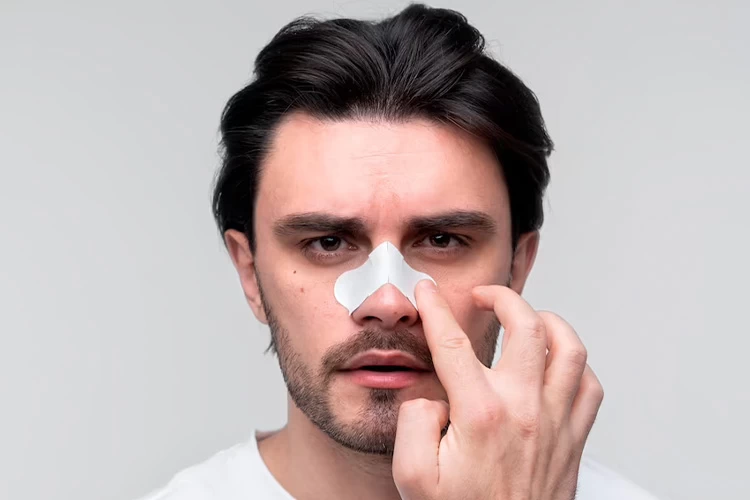
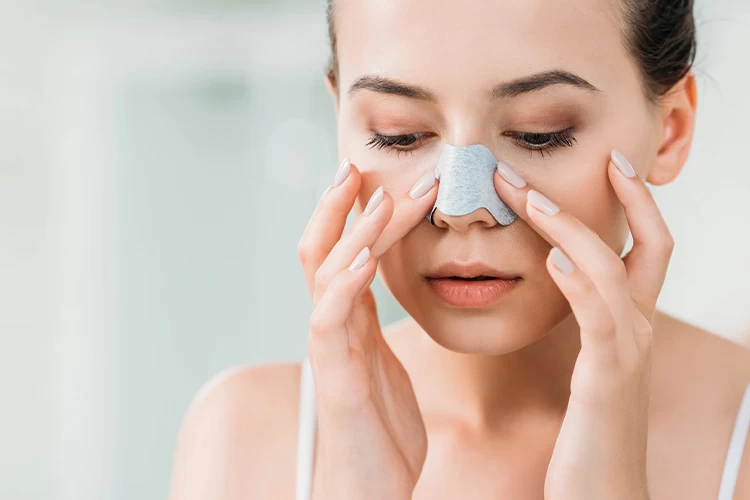
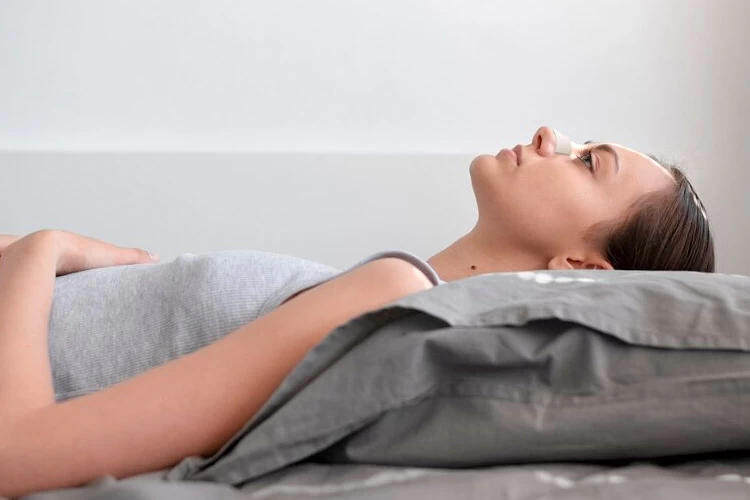
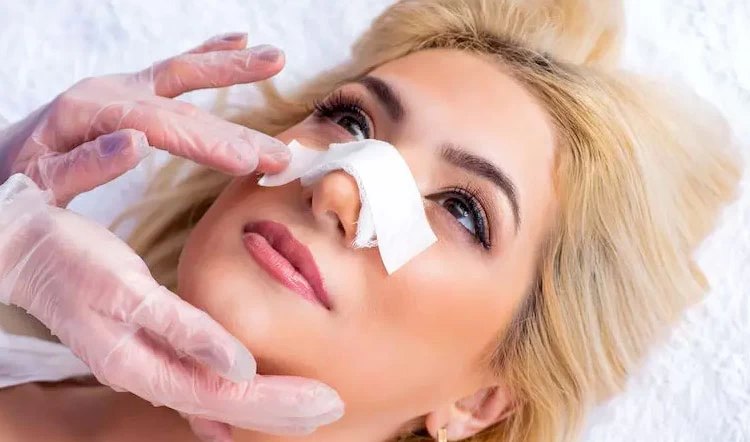
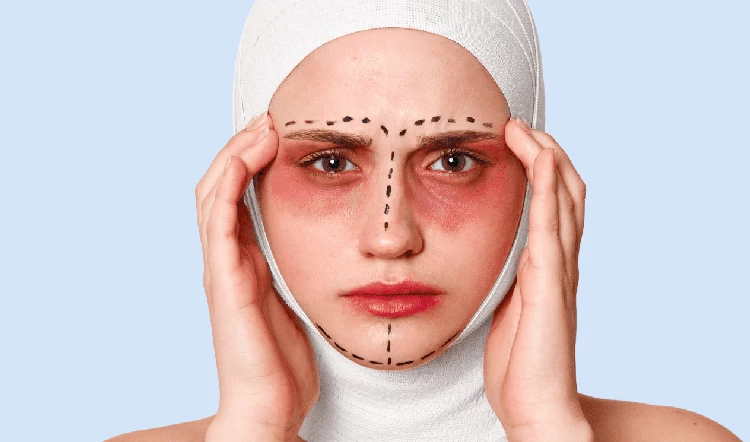

No reviews
Your comment